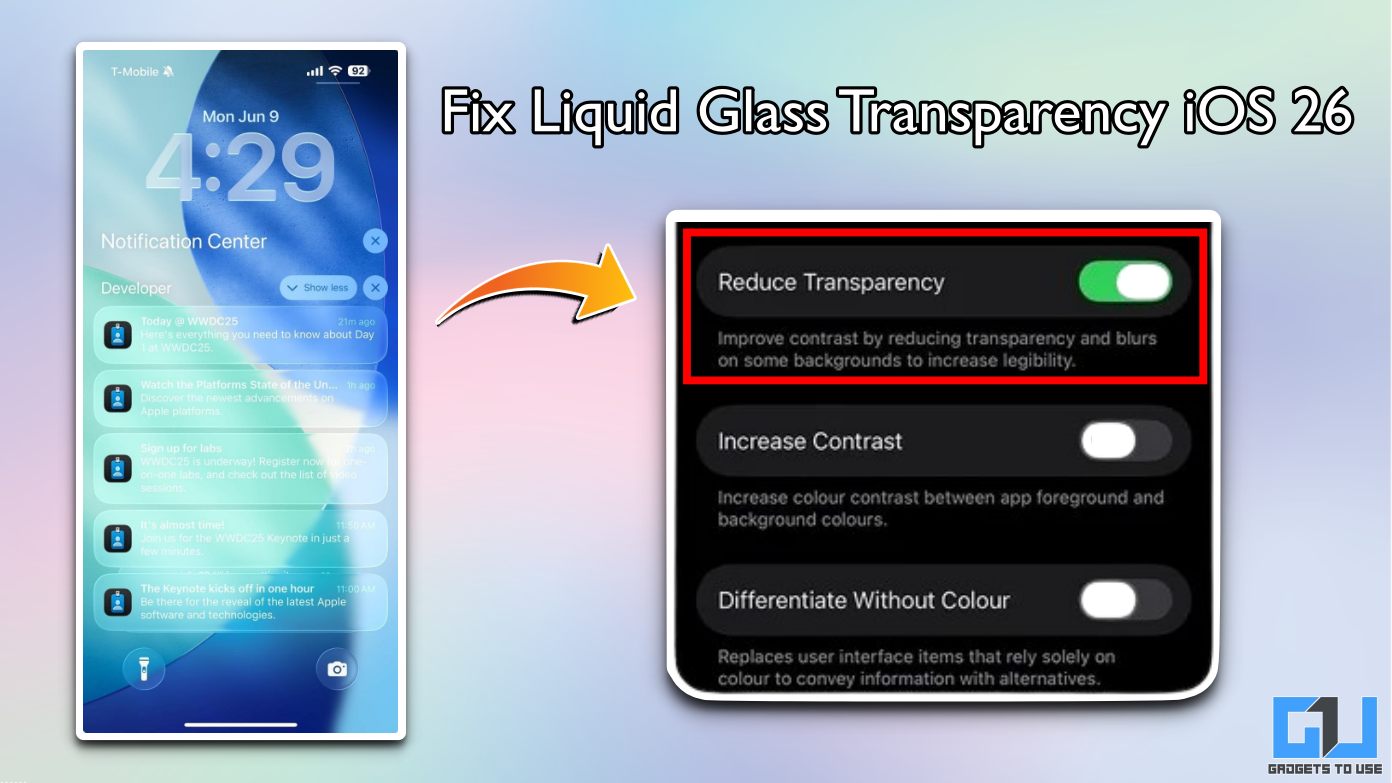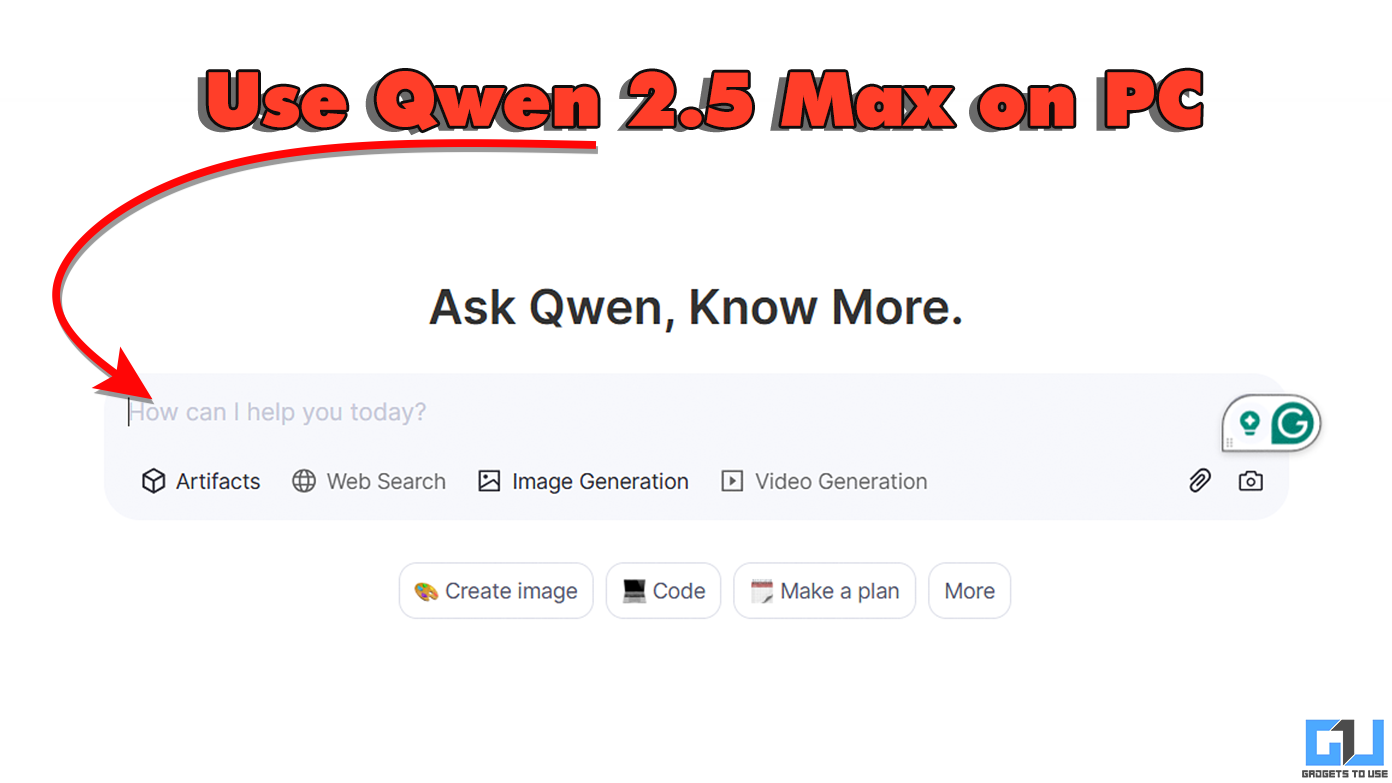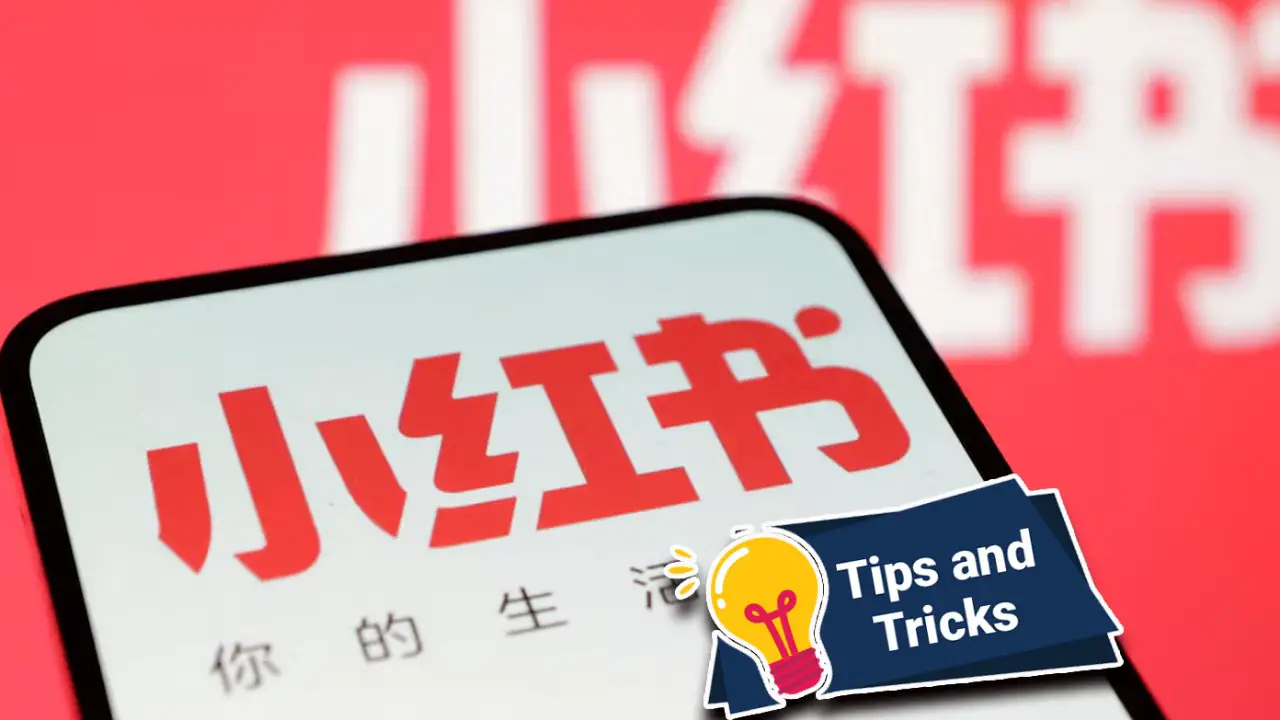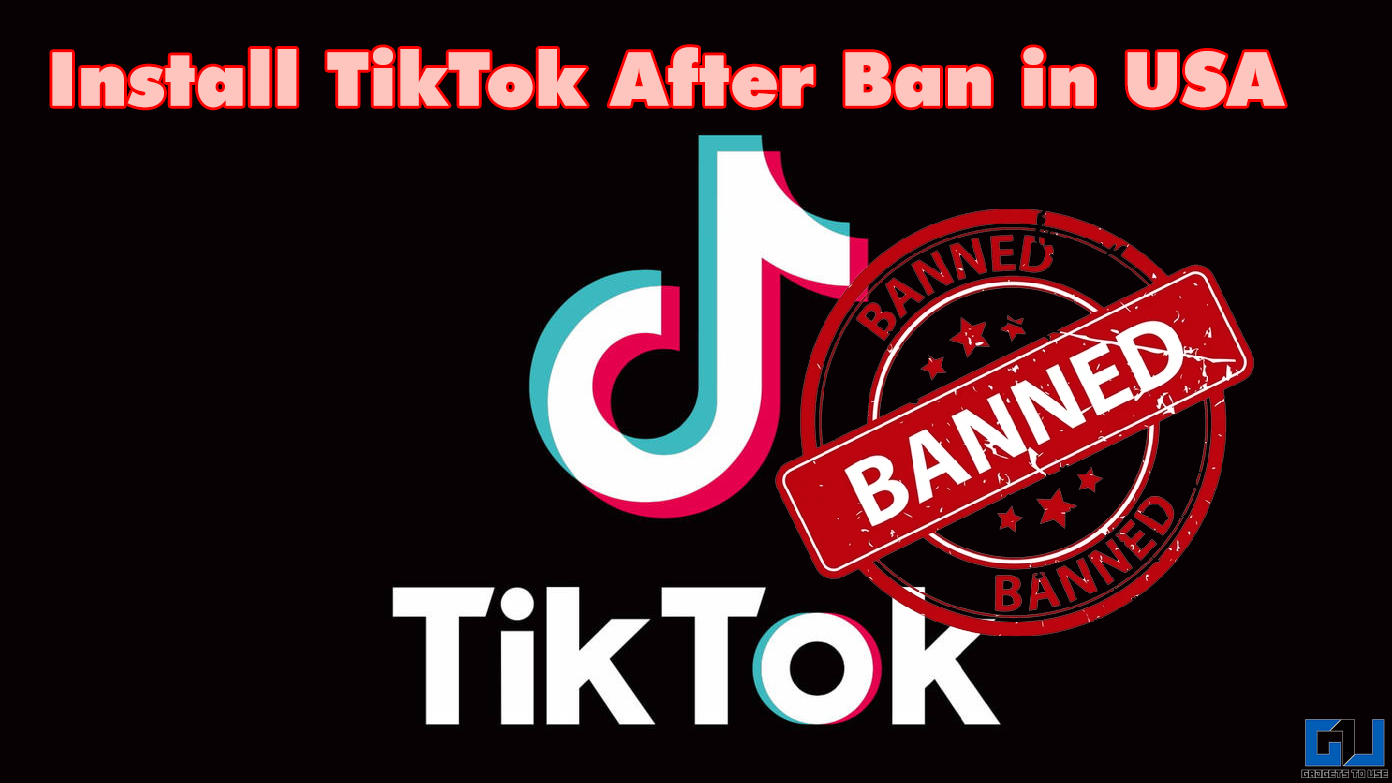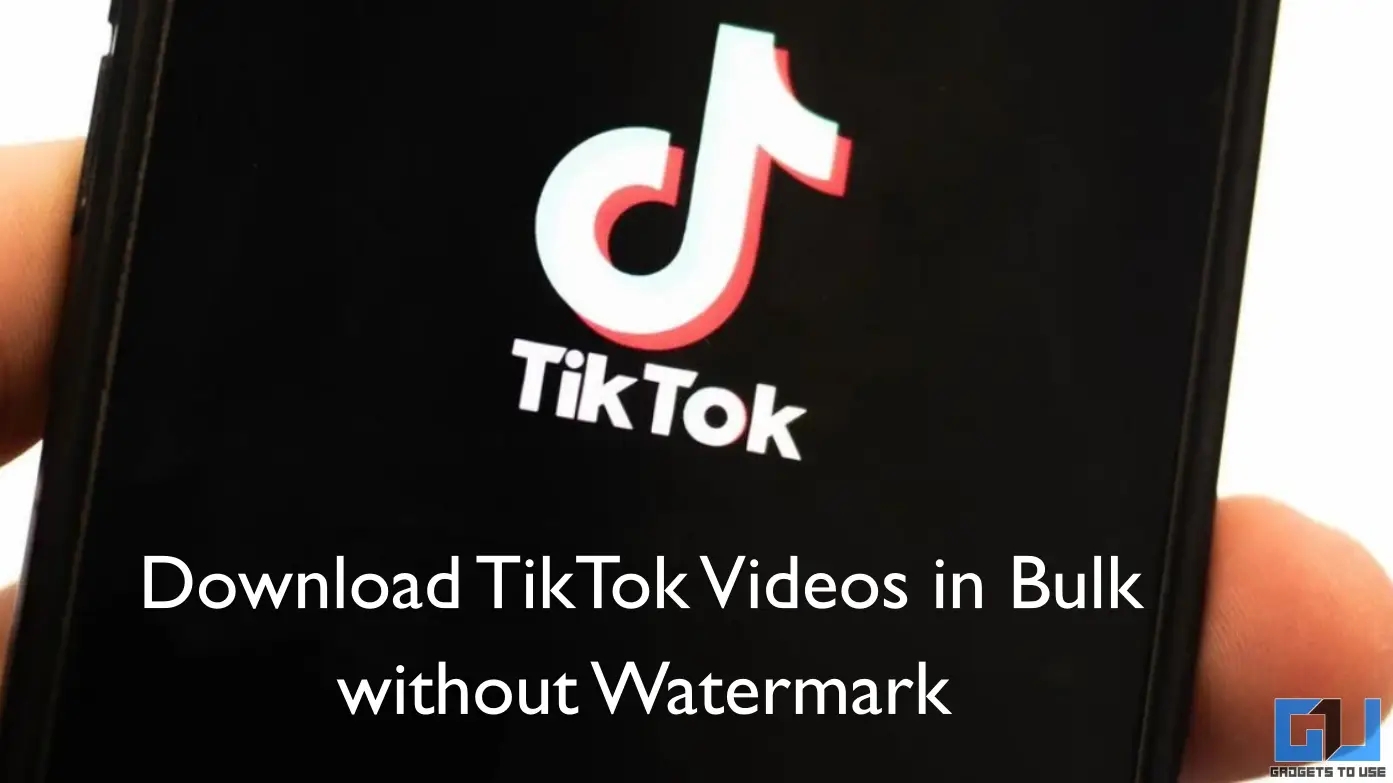Quick Answer
- Only OEMs in China and Amazon have managed to work without Google’s blessing and though China is one of the biggest Android markets, it’s not under Google’s control and Google doesn’t get anything in return for all people using its AOSP.
- The company is also trying hard to introduce Tizen OS as an alternative to Google Android, but it has a really long way to go before it can ditch android.
- An App ecosystem is very important for any OS to florish and Google keeps a good hold on third party apps using Play services and Google API.
Google Android constitutes for 80 percent of the smartphone market share and one of the main reason for this rapid adoption is the freedom the open source platform offers. However, if you switch seats with Androd OEMs you will find all freedom curtailed and very little room to breathe.
Recent reports from credible source, The Information, reveal that Google has now increased the required pre-installed apps from 9 to 20. Moreover, OEMs are rigidly required to follow Google’s guidelines for placement of powered by Android logo, apps and search bar on home screen
But Android is open source?
Android is open source and which allow you to tweak your device or contribute to its development, but if OEM’s try to fork Android and separate it from Google, they will face endless troubles. All Google Apps, like Gmail, YouTube, Play Store, Google Now, Google Maps etc., which we have come to love and associate with Android aren’t open source.
These apps have to be still licensed from Google and that requires a rigid contract which Google uses to control open source Android. If manufactures sign for these apps, they are even prohibited from making a fork Android device which Google doesn’t approve of. Also, all these apps come in bundle and OEMs can’t choose to pre-install selective few on their devices.
Control over third party Apps
An App ecosystem is very important for any OS to florish and Google keeps a good hold on third party apps using Play services and Google API. Developers who use Google APIs can easily make apps which work well and reach a wide audience; others don’t have it that easy.
Samsung is trying to break free?
Samsung recently joined hands with Nokia to provide HERE maps on all Samsung Galaxy phones. Samsung has almost all apps in parallel to Google’s ecosystem which we usually condemn as TouchWiz bloat ware. The company is also trying hard to introduce Tizen OS as an alternative to Google Android, but it has a really long way to go before it can ditch android.
According to latest reports the company is now aiming to launch Tizen OS in low cost budget Android markets to compete with Google’s Android One phones in India.
Only OEMs in China and Amazon have managed to work without Google’s blessing and though China is one of the biggest Android markets, it’s not under Google’s control and Google doesn’t get anything in return for all people using its AOSP. Apple is also eyeing China as its biggest potential markets and the extra large iPhones this year will facilitate its cause.
Conclusion
Google making 20 apps mandatory for OEM’s might not be such a bad thing for consumers, as most of them like Google Apps, but that would definitely hurt OEMs who will have to make more room for their bloatware. On Google’s part it’s only fair as its business not charity. Google earns its revenue from its Google apps and services and how many clicks you give to them and more pre-installed apps translate to more revenue.




